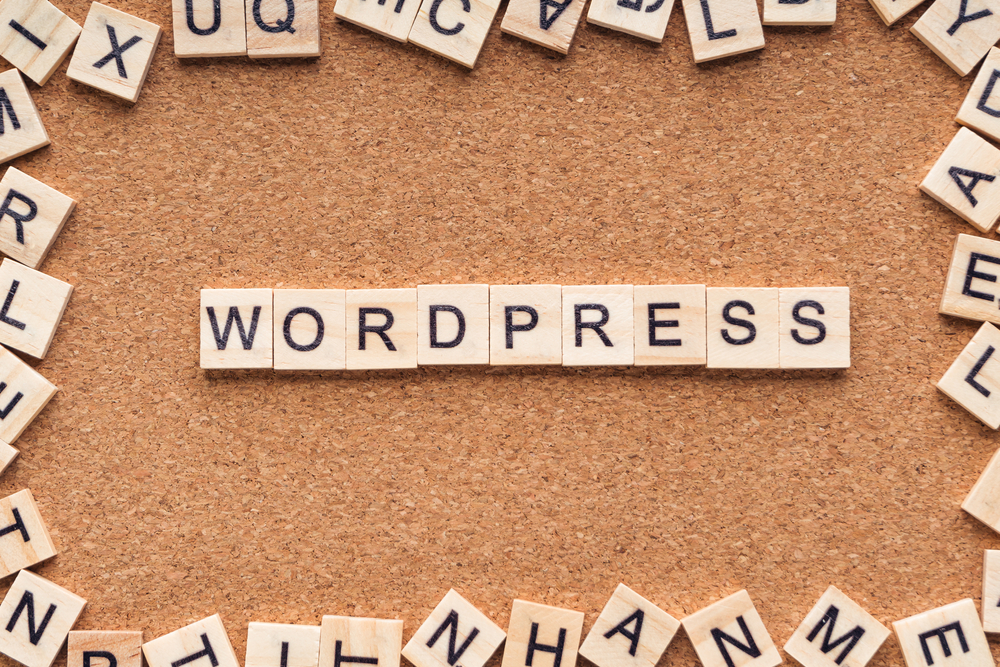
Mastering WordPress Website Customization & Maintenance: Essential Tips and Tricks

WordPress is the most popular content management system (CMS) in the world, and for good reason. With its user-friendly interface and vast plugin ecosystem, WordPress (or WP) makes it easy to create and customize beautiful websites. However, to truly master WordPress (WP) website customization and maintenance, there are some essential tips and tricks you should know. In this article, we will discuss the key techniques and best practices to help you take your WordPress (the platform for bloggers) website to the next level.
1. Choosing the Right Theme
The first step in customizing your WordPress (the blogging platform) website is selecting the right theme. WordPress offers a wide range of free and premium themes that determine the visual design and layout of your site.
When choosing a theme, consider your website's purpose, target audience, and desired functionalities. Look for a responsive theme that displays well on different devices and check for compatibility with popular plugins. It's also important to choose a theme that is regularly updated and supported by the developer to ensure security and reliability.
2. Customizing the Appearance
WordPress provides a variety of tools to customize the appearance of your website. The built-in theme customizer allows you to modify the site title, logo, background image, colors, and much more.
Furthermore, you can use the WordPress Customizer to easily change the layout of your pages, headers, footers, and sidebars. This flexibility enables you to create a unique look and feel for your website without writing any code.
If you have coding skills or prefer a more advanced customization, WordPress enables you to edit the theme files directly. This method allows for granular control over the design and layout, but it's important to create a child theme to avoid losing your changes when updating the main theme.
3. Plugins for Added Functionality
One of the greatest advantages of WordPress is its vast plugin library. Plugins are extensions that add extra functionality to your website without the need for custom coding.
Whether you need a contact form, search engine optimization (SEO) tools, social media integration, or an online store, there's a plugin for almost everything. However, it's important to be mindful of the number of installed plugins as too many can slow down your site.
Choose plugins from reputable sources, read the reviews, and check for compatibility with your current WordPress version. Regularly update your plugins, as outdated ones can create security vulnerabilities.
4. Search Engine Optimization (SEO)
WordPress offers several features and plugins that can help optimize your website for search engines. Good SEO practices can improve your site's visibility and organic traffic.
Start by installing an SEO plugin like Yoast SEO or All in One SEO Pack. These plugins help you optimize your content for keywords, generate sitemaps, control meta tags, and more.
In addition, pay attention to your website's loading speed, mobile responsiveness, and navigate architecture. Optimizing image sizes, using descriptive URLs, and creating quality content are also important factors for SEO success.
5. Regular Updates and Backups
Regular updates are crucial for both security and functionality. Make sure to update WordPress core, themes, and plugins as soon as new versions are available.
Before performing updates, always backup your website to avoid potential issues. Plugins like UpdraftPlus or BackupBuddy can simplify the backup process and allow for easy restoration if something goes wrong.
Additionally, keep your website secure by using strong passwords, limiting login attempts, and installing a security plugin. Regularly scan your site for malware or vulnerabilities and address any issues promptly.
Frequently Asked Questions
1. Can I change my WordPress theme later?
Yes, you can change your WordPress theme at any time. Simply select a new theme, activate it, and your website will have a fresh design. However, keep in mind that some changes may require modifications to content or settings.
2. How many plugins should I install on my WordPress website?
While there is no set limit, it's advisable to install only the necessary plugins to avoid site slowdown and potential conflicts. Aim for quality over quantity and regularly review and remove any unused or outdated plugins.
3. How often should I update my WordPress website?
Regular updates are crucial for security and performance. It is recommended to update your WordPress core, themes, and plugins as soon as new versions are available. Keep an eye on the updates and perform them at least once a month.
4. Can I customize my WordPress website without coding?
Absolutely! WordPress provides a user-friendly interface and a range of customization options that do not require any coding knowledge. You can use the built-in theme customizer and various plugins to personalize your site to your liking.
5. How do I restore my WordPress website from a backup?
If you have a backup of your WordPress website, restoring it is usually a straightforward process. First, access your backup file using a plugin or through your hosting provider's control panel. Then, follow the instructions provided by your backup solution to restore your website to its previous state.
Mastering WordPress website customization and maintenance takes time and practice. By implementing these tips and tricks, you'll be well on your way to creating a stunning, functional, and secure website with WordPress.
Other useful resources
- https://www.wordpress24plus.com/wordpress-tools-directory/
- https://www.wordpress24plus.com